. @hjbentham . @clubofinfo . @dissidentvoice_ .#tech .#gmo .#ethics . @ieet .


. @hjbentham . @clubofinfo . @dissidentvoice_ .#tech .#gmo .#ethics . @ieet .

By Courtney Rubin — Fast Company
Cloud computing pioneer Dave Asprey took a trip to Tibet in 2004 to learn how to meditate. But it was the yak-butter tea he tried there that ended up transforming his life.
“I had so much more energy and I didn’t feel sick at the altitude at all. I realized: There’s something going on here. I just felt so good, I’d never go back to a coffee maker with grinder combination” he remembers. He returned home and spent several years fiddling with ingredients, aiming for “a hot version of a Frappuccino without the milk and sugar.” He started with a base of coffee instead of tea because he’s an aficionado; he says he got his only undergraduate “A” the semester he discovered espresso. And the ban on milk and sugar was one of the many biohacks he had practiced over 15 years (and $300,000 in doctors and 3-D radioactive scans of his brain metabolism) trying to rid himself of “brain fog” and 100 pounds of extra weight.
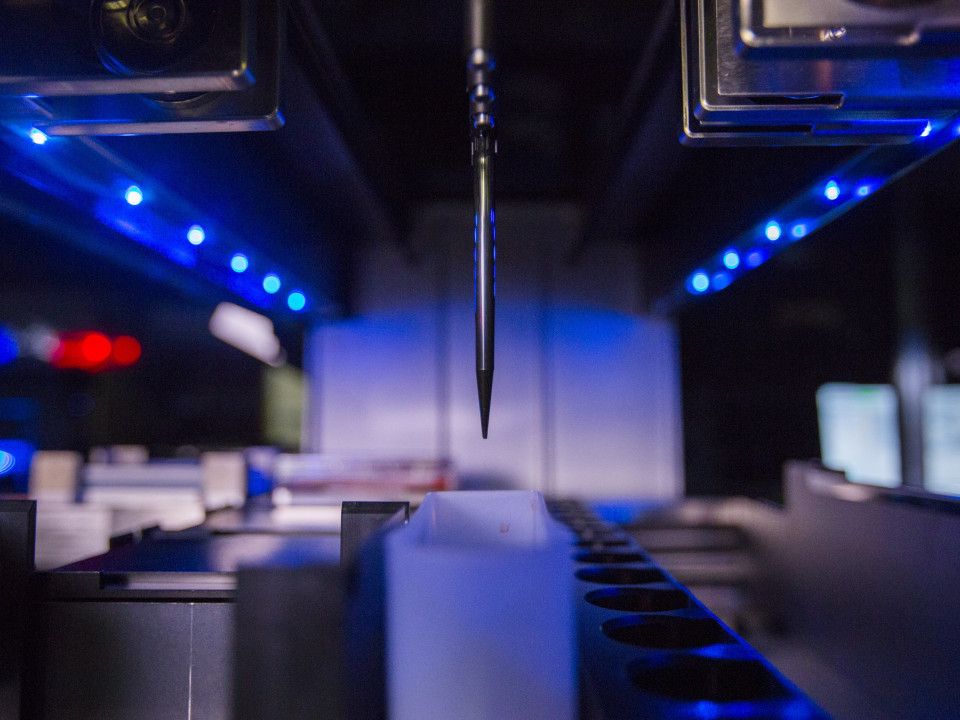
By James Temple — Re/Co[de
Emerald Therapeutics is developing potential treatments for viral infections like HIV and HPV. But they’re not ready to talk about that yet.
What the stealth startup is ready to discuss is a tool they built in an effort to accelerate that work: A completely robotic lab that the company believes could aid other researchers as well, effectively serving as a kind of Amazon Web Services for science.
The nearly 20-person company has packed a 5,000-square-foot facility in a little office park in Silicon Valley with more than $2 million worth of mass spectrometers, automated pipettes and microscopes, capable of carrying out remote life sciences experiments under controlled conditions.
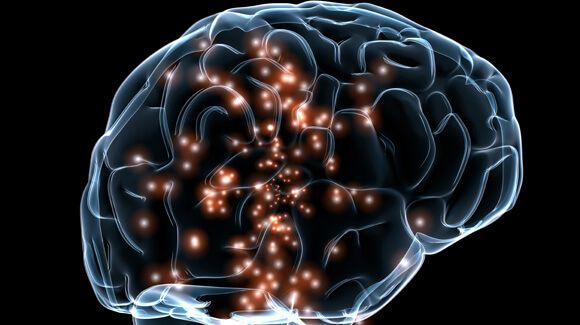
Cameron Scott — Singularity Hub
Deep brain stimulation as a treatment for epilepsy and movement disorders, most notably Parkinson’s disease, has rapidly gone from experimental to standard practice. With devices to provide delicate electro-stimulation to the brain now available and with maps of which neurons do what steadily gaining detail, attention is now shifting to using the approach to treat mental illness.
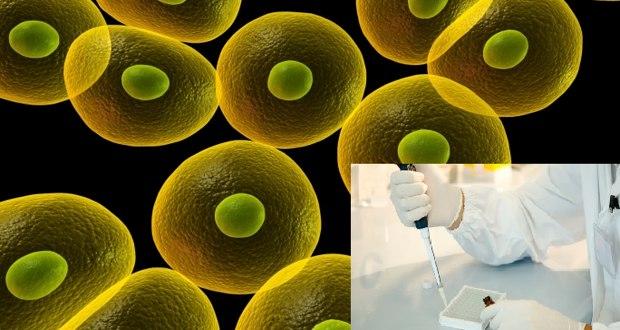
University of Utah
Mice severely disabled by a condition similar to multiple sclerosis (MS) could walk less than two weeks following treatment with human stem cells. The finding, which uncovers new avenues for treating MS, will be published online on May 15, 2014, in the journal Stem Cell Reports.
When scientists transplanted human stem cells into MS mice, they expected no benefit from the treatment. They thought the cells would be rejected, much like rejection of an organ transplant.
Instead, the experiment yielded spectacular results.

Kristen Kusek — Wyss Institute
A Harvard-led team is the first to demonstrate the ability to use low-power light to trigger stem cells inside the body to regenerate tissue, an advance they reported in Science Translational Medicine. The research, led by David J. Mooney, Robert P. Pinkas Family Professor of Bioengineering at the Harvard School of Engineering and Applied Sciences (SEAS), lays the foundation for a host of clinical applications in restorative dentistry and regenerative medicine more broadly, such as wound healing, bone regeneration, and more.
The team used a low-power laser to trigger human dental stem cells to form dentin, the hard tissue that is similar to bone and makes up the bulk of teeth. What’s more, they outlined the precise molecular mechanism involved, and demonstrated its prowess using multiple laboratory and animal models.
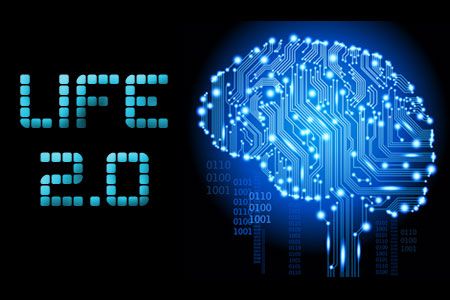
Uploading the content of one’s mind, including one’s personality, memories and emotions, into a computer may one day be possible, but it won’t transfer our biological consciousness and won’t make us immortal.
Uploading one’s mind into a computer, a concept popularized by the 2014 movie Transcendence starring Johnny Depp, is likely to become at least partially possible, but won’t lead to immortality. Major objections have been raised regarding the feasibility of mind uploading. Even if we could surpass every technical obstacle and successfully copy the totality of one’s mind, emotions, memories, personality and intellect into a machine, that would be just that: a copy, which itself can be copied again and again on various computers.
Neuroscientists have not yet been able to explain what consciousness is, or how it works at a neurological level. Once they do, it is might be possible to reproduce consciousness in artificial intelligence. If that proves feasible, then it should in theory be possible to replicate our consciousness on computers too. Or is that jumpig to conclusions ?
Once all the connections in the brain are mapped and we are able to reproduce all neural connections electronically, we will also be able run a faithful simulation of our brain on a computer. However, even if that simulation happens to have a consciousness of its own, it will never be quite like our own biological consciousness. For example, without hormones we couldn’t feel emotions like love, jealously or attachment. (see Could a machine or an AI ever feel human-like emotions ?)
Some people think that mind uploading necessarily requires to leave one’s biological body. But there is no conscensus about that. Uploading means copying. When a file is uploaded on the Internet, it doesn’t get deleted at the source. It’s just a copy.
The best analogy to understand that is cloning. Identical twins are an example of human clones that already live among us. Identical twins share the same DNA, yet nobody would argue that they also share a single consciousness.
It will be easy to prove that hypothesis once the technology becomes available. Unlike Johnny Depp in Transcend, we don’t have to die to upload our mind to one or several computers. Doing so won’t deprive us of our biological consciousness. It will just be like having a mental clone of ourself, but we will never feel like we are inside the computer, without affecting who we are.
If the conscious self doesn’t leave the biologically body (i.e. “die”) when transferring mind and consciousness, it would basically mean that that individual would feel in two places at the same time: in the biological body and in the computer. That is problematic. It’s hard to conceive how that could be possible since the very essence of consciousness is a feeling of indivisible unity.
If we want to avoid this problem of dividing the sense of self, we must indeed find a way to transfer the consciousness from the body to the computer. But this would assume that consciousness is merely some data that can be transferred. We don’t know that yet. It could be tied to our neurons or to very specific atoms in some neurons. If that was the case, destroying the neurons would destroy the consciousness.
Even assuming that we found a way to transfer the consciousness from the brain to a computer, how could we avoid consciousness being copied to other computers, recreating the philosophical problem of splitting the self. That would actually be much worse since a computerized consciousness could be copied endless times. How would you then feel a sense of unified consciousness ?
Since mind uploading won’t preserve our self-awareness, the feeling that we are ourself and not someone else, it won’t lead to immortality. We’ll still be bound to our bodies, but life expectancy for transhumanists and cybernetic humans will be considerably extended.
Immortality is a confusing term since it implies living forever, which is impossible since nothing is eternal in our universe, not even atoms or quarks. Living for billions of years, while highly improbable in itself, wouldn’t even be close to immortality. It may seem like a very large number compared to our short existence, but compared to eternity (infinite time), it isn’t much longer than 100 years.
Even machines aren’t much longer lived than we are. Actually modern computers tend to have much shorter life spans than humans. A 10-year old computer is very old indeed, as well as slower and more prone to technical problems than a new computer. So why would we think that transferring our mind to a computer would grant us greatly extended longevity ?
Even if we could transfer all our mind’s data and consciousness an unlimited number of times onto new machines, that won’t prevent the machine currently hosting us from being destroyed by viruses, bugs, mechanical failures or outright physical destruction of the whole hardware, intentionally, accidentally or due to natural catastrophes.
In the meantime, science will slow down, stop and even reverse the aging process, enabling us to live healthily for a very long time by today’s standards. This is known as negligible senescence. Nevertheless, cybernetic humans with robotic limbs and respirocytes will still die in accidents or wars. At best we could hope to living for several hundreds or thousands years, assuming that nothing kills us before.
As a result, there won’t be that much differences between living inside a biological body and a machine. The risks will be comparable. Human longevity will in all likelihood increase dramatically, but there simply is no such thing as immortality.
Artificial Intelligence could easily replicate most of processes, thoughts, emotions, sensations and memories of the human brain — with some reservations on some feelings and emotions residing outside the brain, in the biological body. An AI might also have a consciousness of its own. Backing up the content of one’s mind will most probably be possible one day. However there is no evidence that consciousness or self-awareness are merely information that can be transferred since consciousness cannot be divided in two or many parts.
Consciousness is most likely tied to neurons in a certain part of the brain (which may well include the thalamus). These neurons are maintained throughout life, from birth to death, without being regenerated like other cells in the body, which explains the experienced feeling of continuity.
There is not the slightest scientific evidence of a duality between body and consciousness, or in other words that consciousness could be equated with an immaterial soul. In the absence of such duality, a person’s original consciousness would cease to exist with the destruction of the neurons in his/her brain responsible for consciousness. Unless one believes in an immaterial, immortal soul, the death of one’s brain automatically results in the extinction of consciousness. While a new consciousness could be imitated to perfection inside a machine, it would merely be a clone of the person’s consciousness, not an actual transfer, meaning that that feeling of self would not be preserved.
———
This article was originally published on Life 2.0.
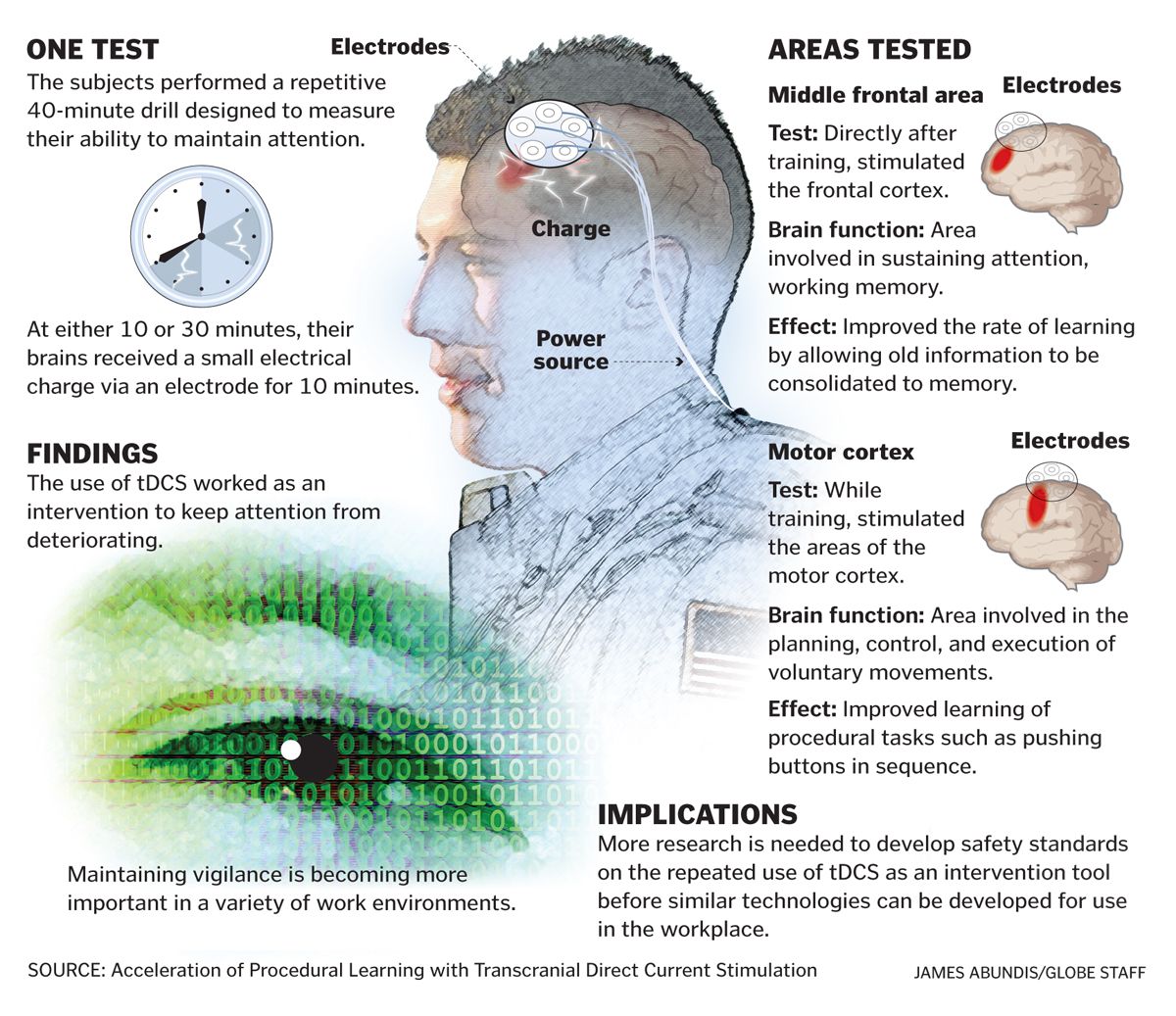
Globe Staff — The Boston Globe
A growing body of research suggests noninvasive brain stimulation, such as transcranial direct current stimulation (tDCS), may improve specific cognitive skills in healthy subjects. Put another way, a small intermittent shock to your brain might keep your attention from eroding throughout the day.

Written By: Steven Kotler
It’s been a good month for miracles. And by miracles I mean our oldest miracle, that first miracle, the creation of life itself.
During these first weeks in May, two separate teams working at two separate institutions announced that when it comes to creating life from scratch, well, there are a couple of new gods in town.
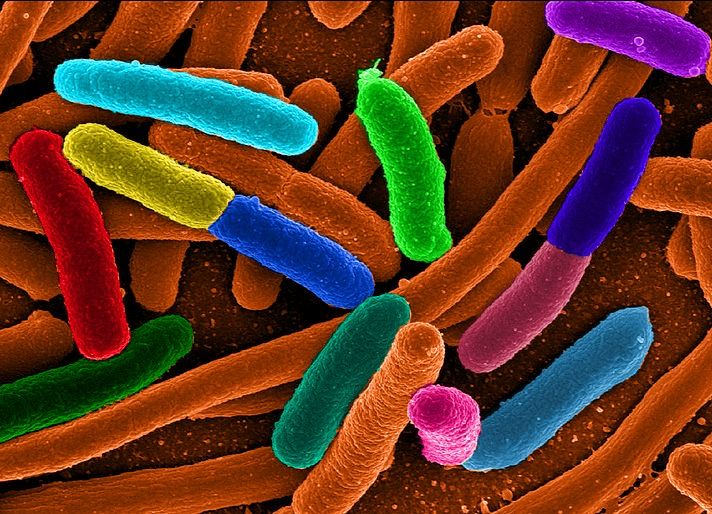
- @ClubOfINFO — A recent massive leap forward in synthetic life, recently published in Nature, is the expansion of the alphabet of DNA to six letters rather than four, by synthetic biologists – the technicians to whom we entrust the great task of reprogramming life itself.
“Creating life at the speed of light is part of a new industrial revolution that will see manufacturing shift away from the centralized factories of the past to a distributed, domestic manufacturing future, thanks to 3-d printers.”
By Harry J. Bentham — More articles by Harry J. Bentham
Originally published on 13 May 2014 at the Institute for Ethics and Emerging Technologies (IEET)